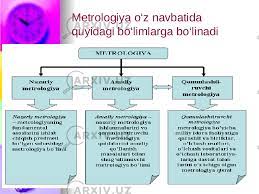SHARE WITH FRIENDS:
Standardization, its goals and tasks
Plan:
-
1. Standardization qisqAcha history.
-
2. Goals and objectives of standardization.
-
3. Standardization sohbasic terms and concepts in.
-
4. Standard types and categories.
-
5. Dates of development of standardization in Uzbekistan.
